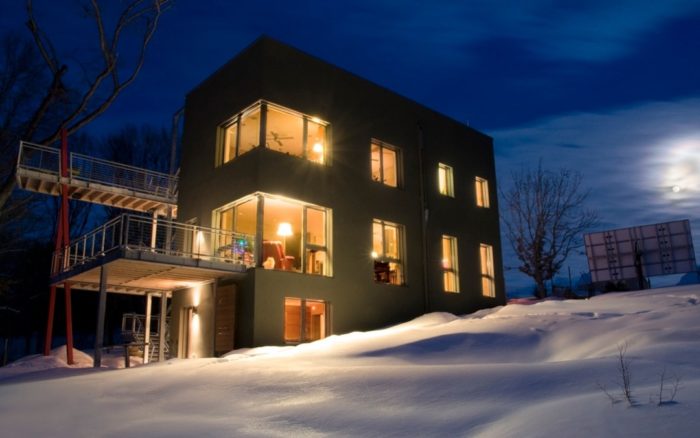
Image Credit: TE Studio
As the clock wound down on 2011, marking a full year of monitoring for Passive House in the Woods, in frosty Hudson, Wisconsin, it became clear that the building’s design, construction, and renewable-energy systems had combined to deliver net-zero-energy performance, and then some.
Tim Eian, of Minneapolis-based TE Studio, designed the home to meet the Passivhvaus standard and teamed up with Morr Construction Services, of Shoreview, Minnesota, to turn the plans into reality. The 1,940-sq.-ft. home was certified by the Passive House Institute U.S. in October, and Eian recently reported on the TE Studio blog that it had produced more energy than it used in 2011.
The home’s above-grade walls are built from 11-in.-thick insulated concrete forms (ICFs) clad with an exterior-insulation and finish system (EIFS) that brought the overall R-value of the walls to 70. The slab, which sits on 12 in. of extruded polystyrene, is designed to deliver R-60 thermal resistance, and the flat roof, with an average of 14 in. of polyisocyanurate insulation, is rated at R-95.
The house is equipped with a solar hot water system, a 4.7-kW photovoltaic system, and a ground-loop system and liquid-to-air heat exchanger designed to pre-warm, pre-cool, and dehumidify the ventilation air as needed.
Getting to positive
Based on PHPP calculations, Eian explained, as much as 80% of the heat load over the course of the year has been covered by passive solar gain.
“While we predicted this with our energy models,” Eian wrote in the TE Studio blog, “we found and learned through monitoring that some equipment and appliances use more energy than assumed. On the flip side, user behavior plays a major role as well and can effectively lower energy consumption over the predicted model.”
Eian also pointed out to GBA that more performance tracking will be needed to create an accurate picture of monitored usage. TE Studio summarized the monitoring data for 2011 in a report to the building’s owner, Gary Konkol, a general-practice physician, but at this point that information isn’t being released to the public.
So monitoring will continue and, Eian adds, “no changes to the building’s systems or performance are scheduled. On whole, the building performs as predicted and the owner is very excited about it.”
Weekly Newsletter
Get building science and energy efficiency advice, plus special offers, in your inbox.





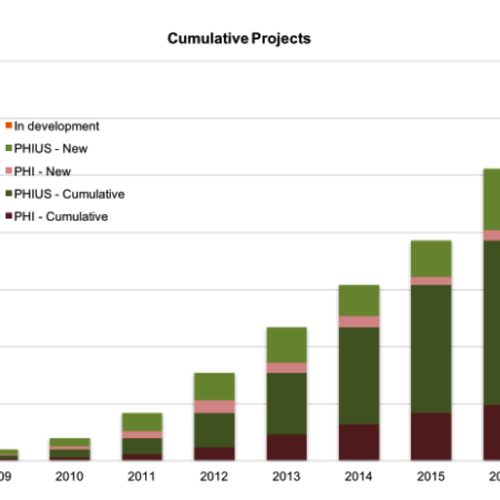
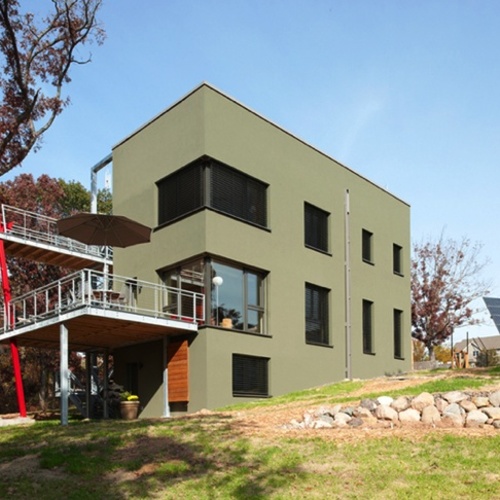
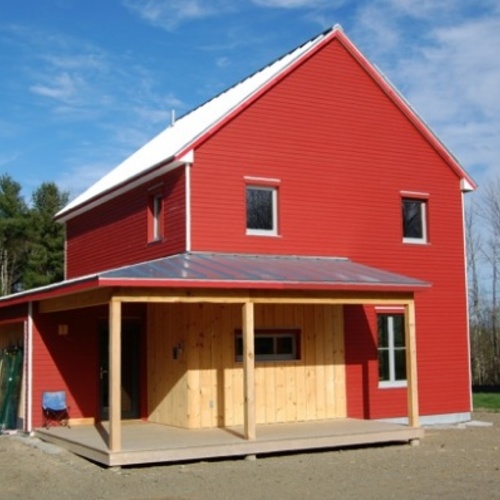
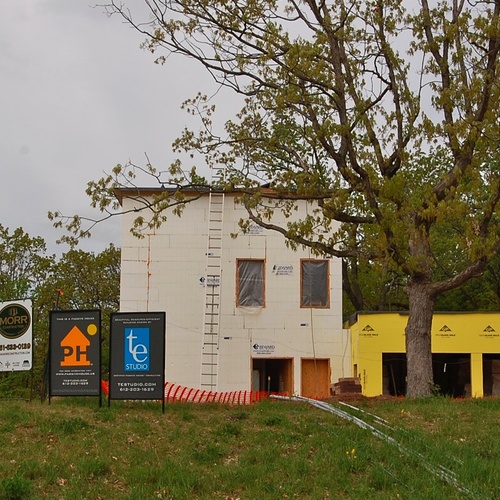






13 Comments
Net Positive
Nice work, Tim Eian
I will say 2011 seemed a bit more sunny than usual and I see it in the monthly energy use of our house here in Minneapolis. Tim, are you considering yearly solar data (percentage of normal) as part of your long term monitoring of this home?
MN was sunny & warm
Doug, you're right, it was a very .... interesting winter around here. OTOH it doesn't say how much they beat "net zero" by - maybe it was a lot? If they squeaked by, it'll be interesting to see a colder winter.
Also, although it was warmer and possibly sunnier around here, my rooftop array still underperformend PVWatts estimates this winter.
80% of heat load covered by passive gain
Tim,
This is fabulous, for a crusty superinsulator like myself, I am impressed, tell us more!
Passive solar heat contribution
Tim Eian reports that "80% of the heat load over the course of the year has been covered by passive solar gain." So what percentage is contributed by internal gains (people, the refrigerator compressor, lighting, the television, etc.)? And what percentage is contributed by the heating system?
I'm guessing that Tim forgot to include internal gains when making the 80% calculation.
Well done, but...
Great job on getting that much heating from passive solar. My question is, how do you deal with summer and early fall heat gains? It looks from the pic that there are two walls with a lot of glass...means that one of these walls faces east or west....no shading strategy??
Summer Shading
Garth, the house uses motorized exterior blinds to manage solar gain. Just about everyone on the project frequents GBA, so maybe they can go into more detail.
Making Money With Your Extra Energy
In Colorado, at least, it's not very profitable. It highly depends on the rate structure.
http://greenbuildingindenver.blogspot.com/2012/02/beyond-net-zero.html
Details on a Net-Zero House
It would be nice to have more complete information about energy generation and energy use. I try to provide more complete data for my near net-zero source energy house in Colorado at http://www.ResidentialEnergyLaboratory.com. It was better than net-zero source energy over the first year, but we'll see how it does as the PV system ages and the weather varies from year to year.
Sounds expensive
Impressive results but what did it cost? We need houses that cost around $135 per sf so the average buyer can afford them.
Quick replies
In order:
Lee, the house utilizes approx. 4.5 kW of PV, and one solar thermal panel for DHW.
Garth, the windows are "actively" shaded with motorized exterior blinds to enable a high degree of solar control over the course of the year. The system can be automated with weather station and programming. Windows offer 64% SHGC. They are effectively the heaters, with the shades acting as thermostats.
Martin, I don't have access to the report at this moment. If I remember, I'll post the internal heat gain number.
Others, we try to gauge the weather conditions in respect to the performance analysis. It is one reason why we chose not to publish the first annual report, since weather in western WI is all over the map in any given year. Over time, the numbers will bear out the "true" performance of the building under "average" conditions.
For those who want to go deeper, the building has its own blog at http://www.passivehouseinthewoods.com. You can also find it on our website at http://testudio.com in the Portfolio section. Thanks for your comments.
Building price
I've never seen a building price connected to this house. I know they used a lot of products from Peak Building Products LLC. All excellent, very high-end products. I priced some of them out and they are not for mere mortals. I can only imagine what the sq. foot price is, but only people with an unlimited budget can build such a house. Don't get me wrong, I'm a fan of this house, but thinking that the cost is anywhere near the $135 per sq ft mentioned by an earlier poster is fantasy. I'm guessing it's easily double that.
Industrial
I guess the doc likes the industrial look!
Building Price
All stories about houses should include what they cost, the basic configuration (bedrooms, bathrooms, basement space, etc. and square footage. Without the cost revealed how can we know what we can and cannot afford to replicate.
Read Dr. Carl McDaniel's book Trail Magic (available on Amazon). He built a positive energy home for $146 per sq. ft and estimated it would cost $110 per sq. ft without the upgrades he choose to include in the house. We need more examples like his.
Log in or create an account to post a comment.
Sign up Log in